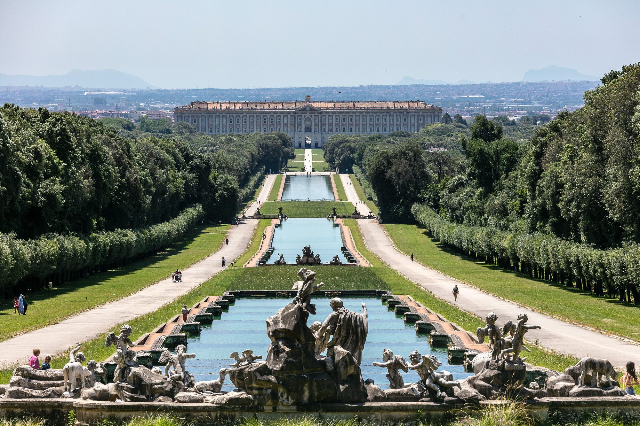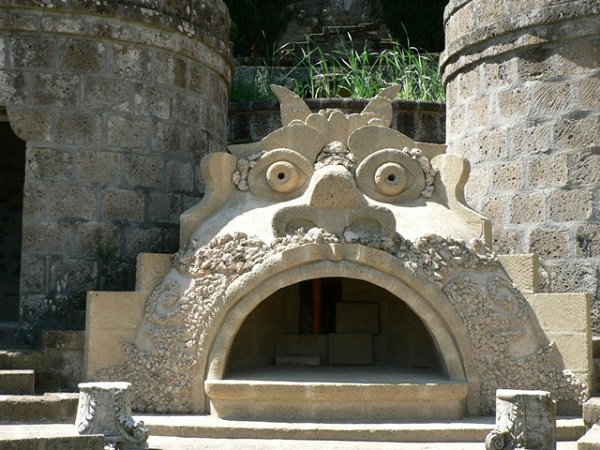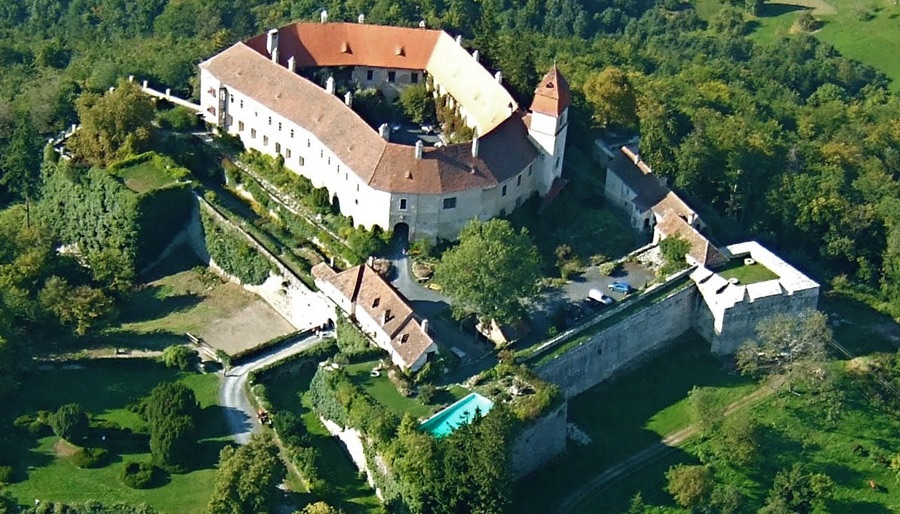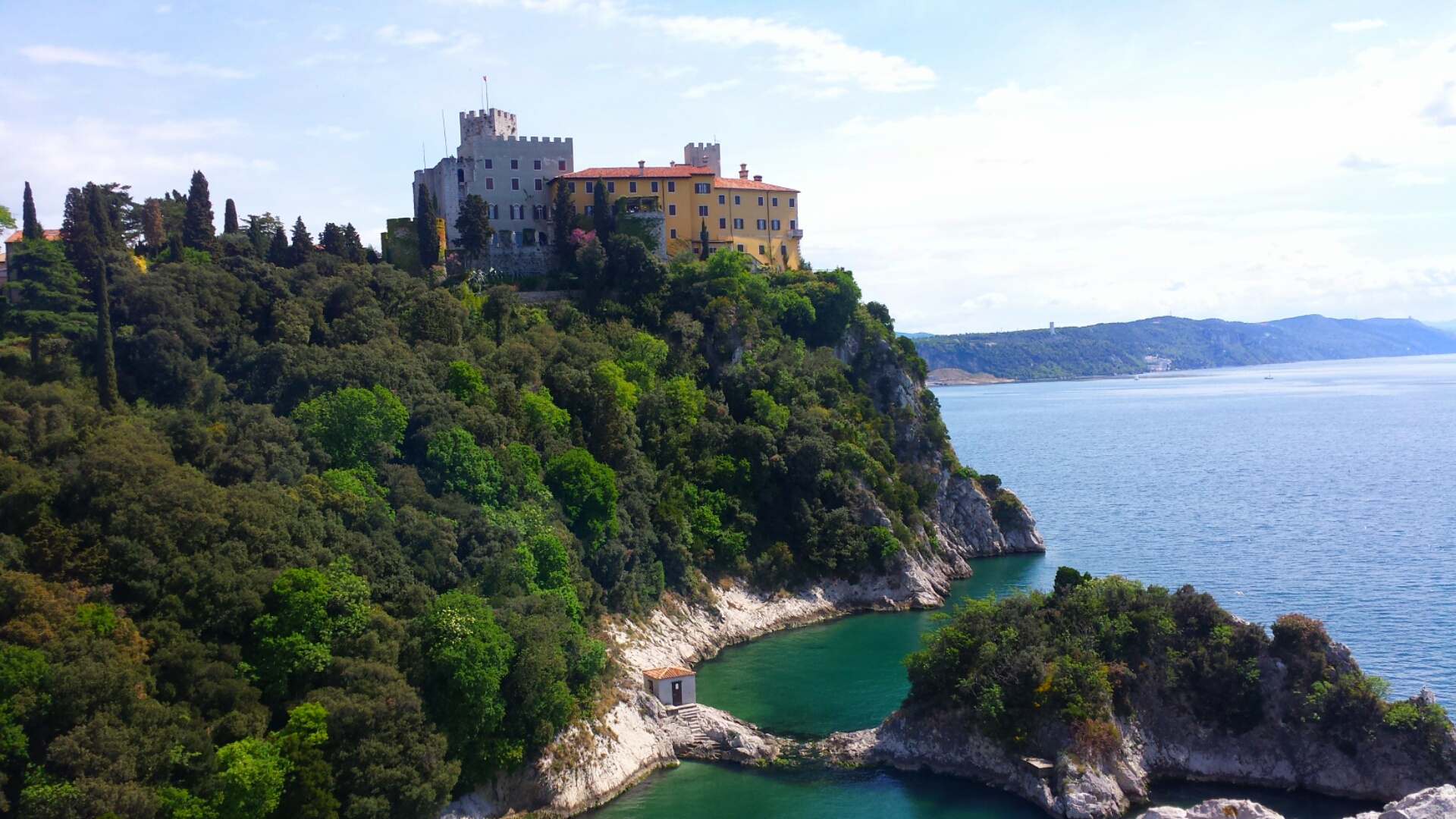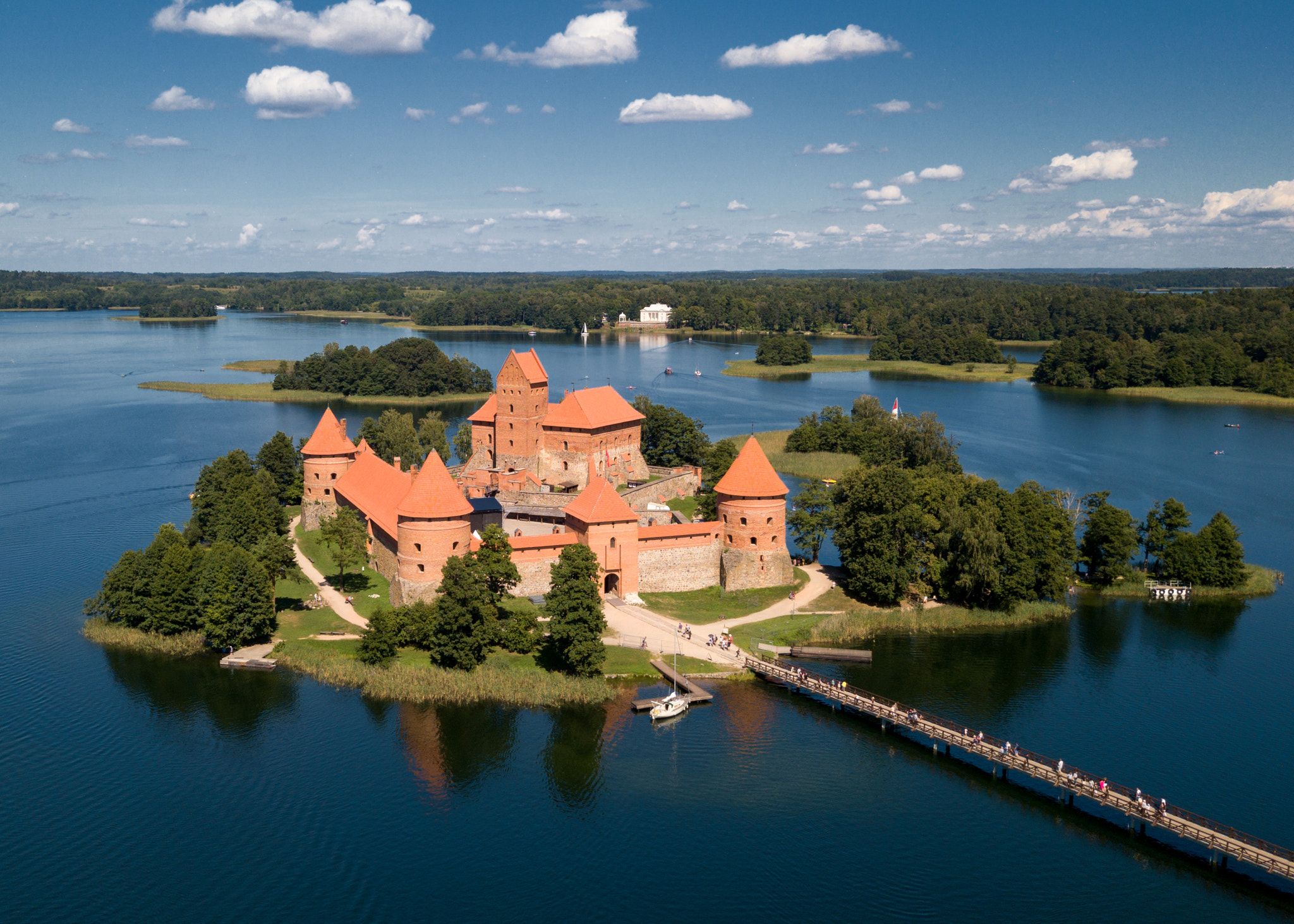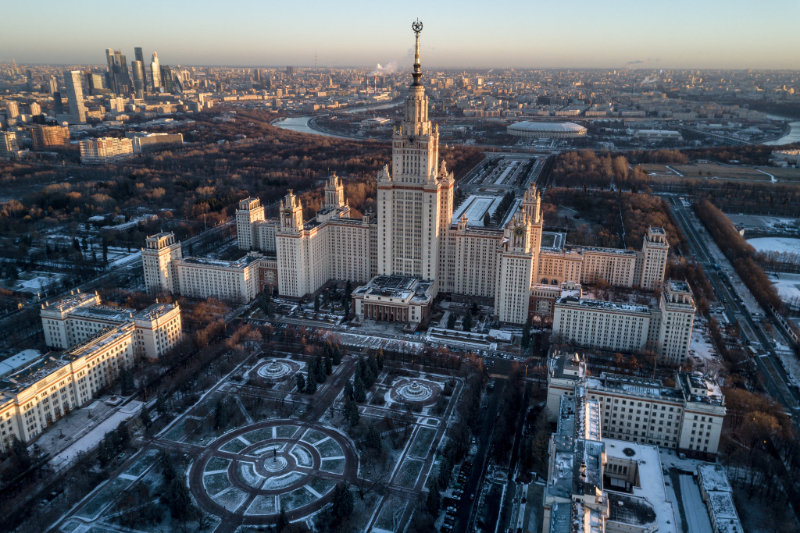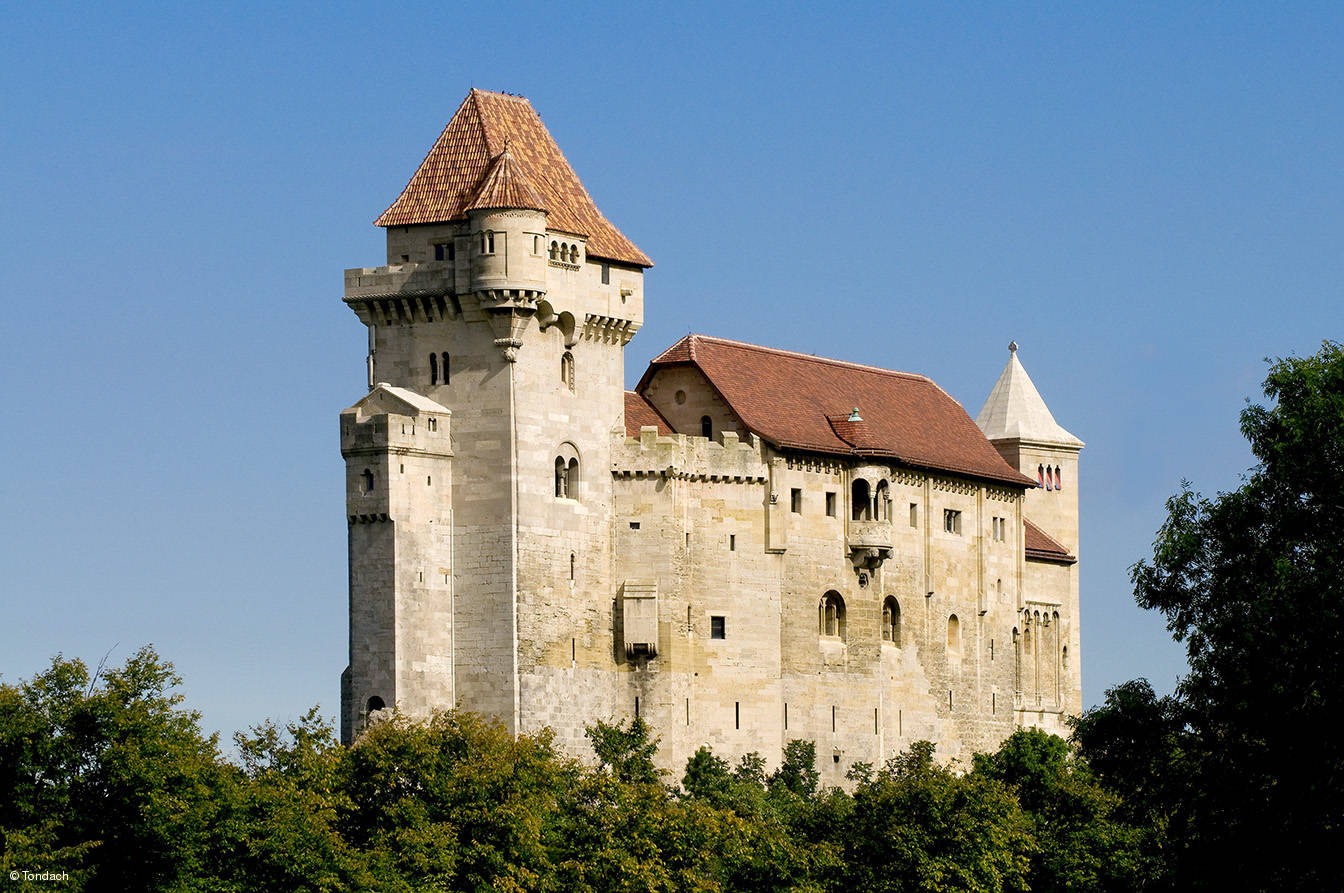The Palace of Caserta and the Palace of Versailles have a thin thread connecting them. The great French royal residence had been completed almost 70 years earlier when Charles of Bourbon, king of Naples, decided to build his new palace. It was 1751, and the ruler who would later become Charles III of Spain chose the Caserta area, located 20 kilometers from Naples (just like Versailles from Paris).
The construction of the palace was wanted in Caserta because the king was very fascinated by the beauty of the Caserta landscape and, for security reasons, he wanted it far from the sea and inland, but not far from Naples. The palace was to hold its own against that of Versailles.
The Reggia was completed in 1845 (although it had already been inhabited since 1780) and is considered the last great example of Italian Baroque.
The Royal Palace of Caserta was built starting in 1752 by Luigi Vanvitelli, and later by his son Charles, at the behest of Charles of Bourbon with the aim of erecting it as the centerpiece of the new kingdom of Naples.
The Royal Palace of Caserta has a total area of 47,000 square meters and is by far the largest royal residence in the world.
There are more than 1,200 rooms that make up the Royal Palace of Caserta. At night the spectacle is provided by the lights filtering through the 1742 windows, all arranged in a precise order.
The interiors are a tribute to luxury, pageantry and elegance. The best artists of the kingdom were called upon to collaborate on the work. One of the most beautiful interiors of the Royal Palace of Caserta, the Palatine Chapel, was made and decorated personally by Vanvitelli. Also wonderful is the Court Theater, an authentic jewel of 18th-century architecture from which the architects of the best theaters in Europe were inspired.
The Park stretches for about 4 km and is adorned with waterfalls, fountains, statues, groves, and lay-bys.
A masterpiece of rare beauty, rich in plants of all kinds. The eye relaxes at the sight of the greenery that frames the waterfalls that flow through it.
One of the best-known anecdotes related to the Royal Palace of Caserta is about the cataloging of objects by Piedmontese officials after the annexation of the Kingdom of the Two Sicilies in 1861. When confronted with an object never seen (and used) before, a Savoy official noted, "Strange unknown object in the shape of a guitar." It was the bidet.
